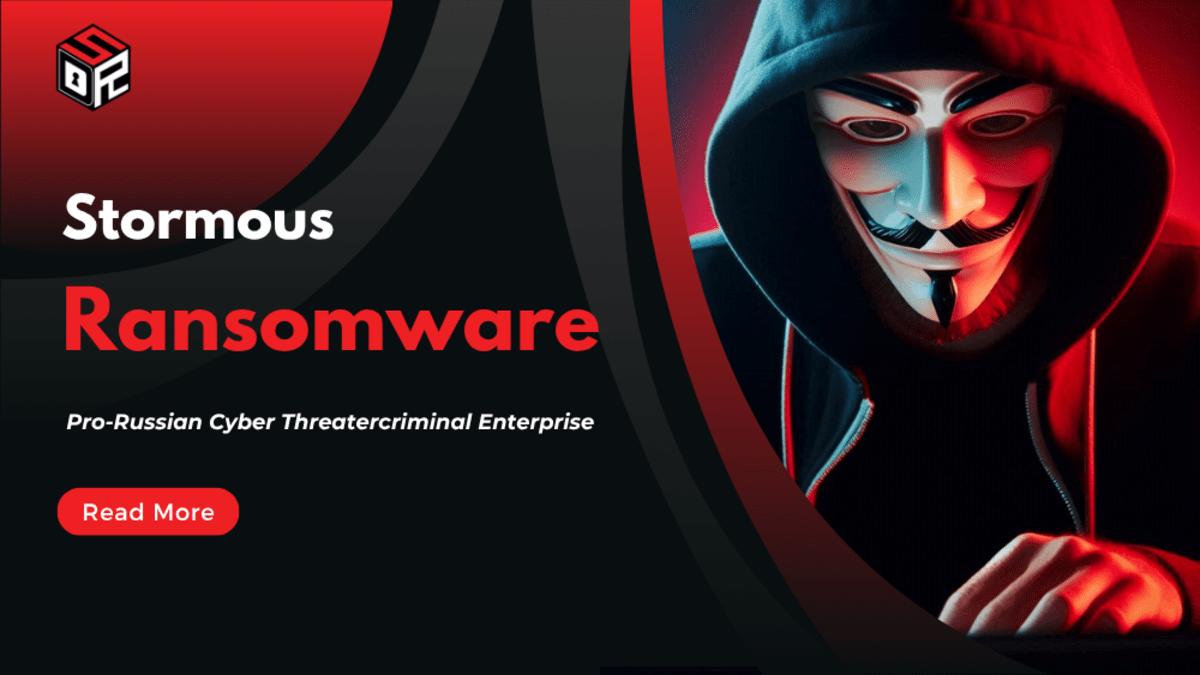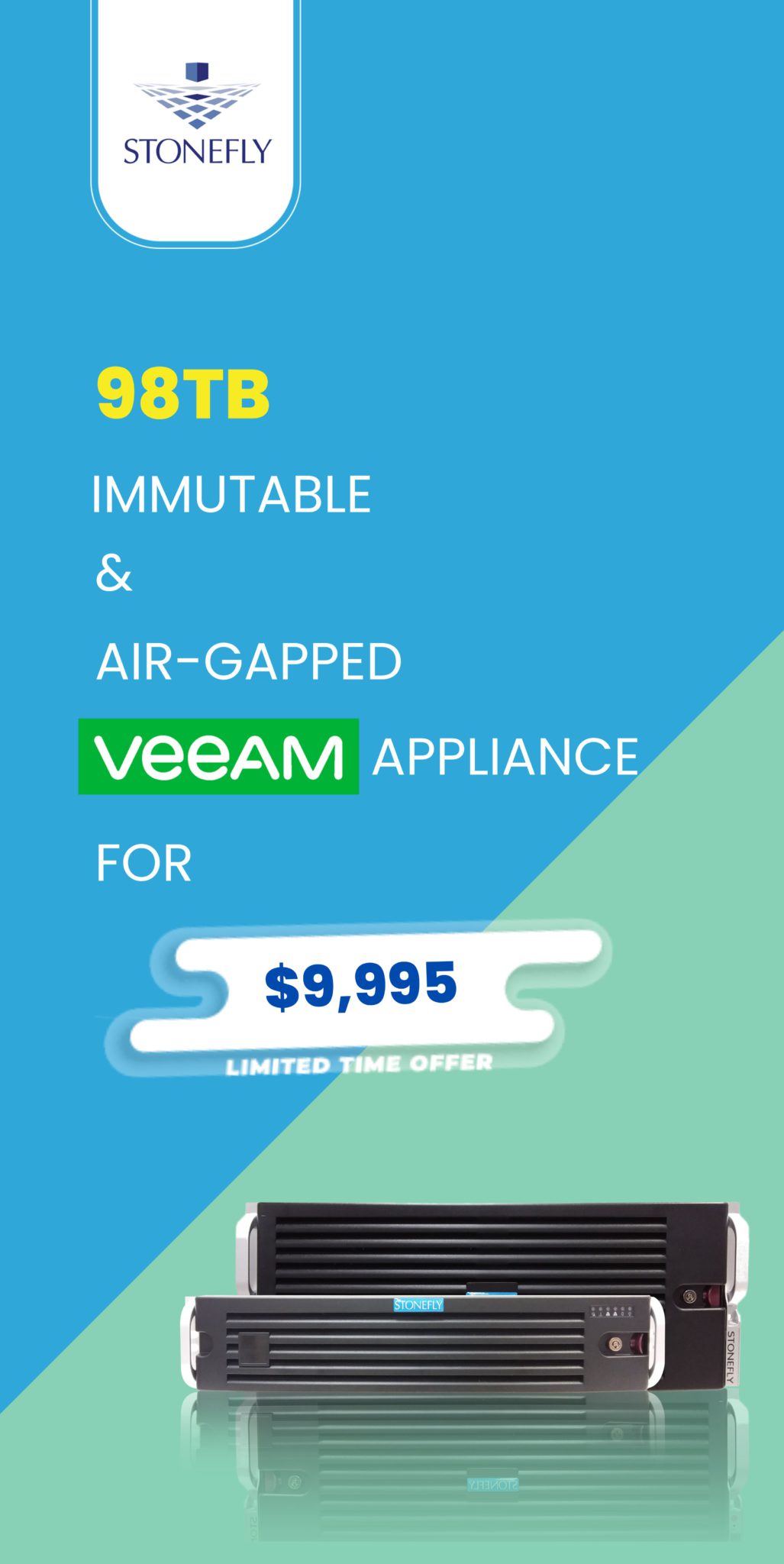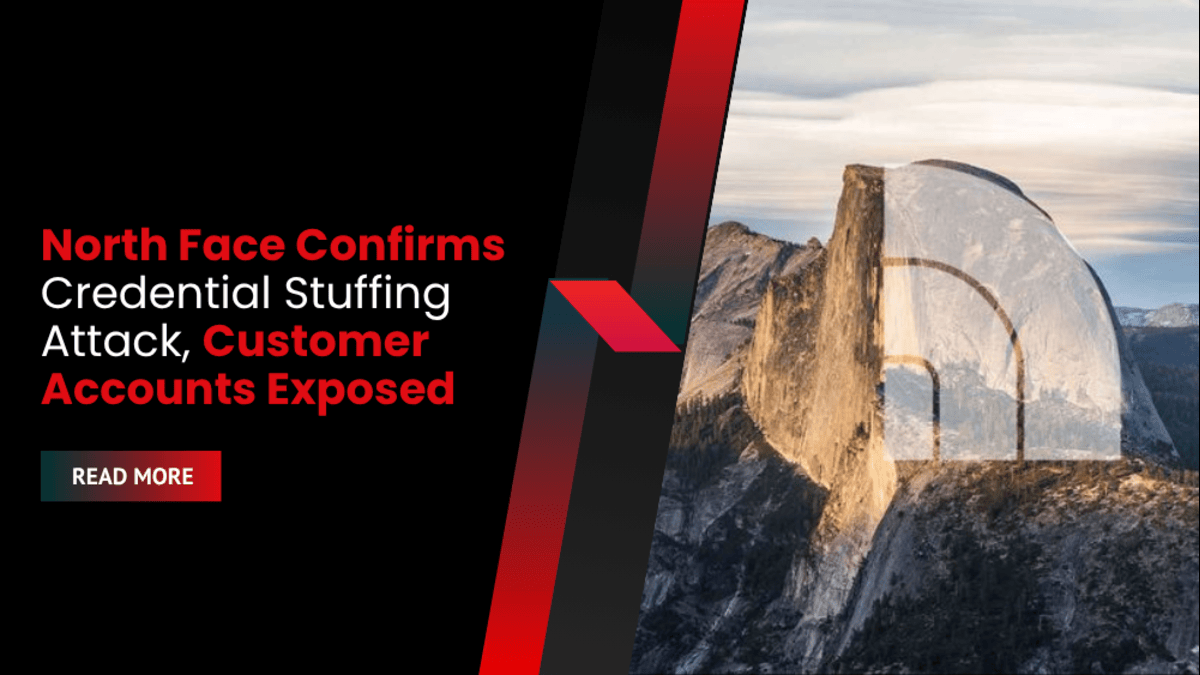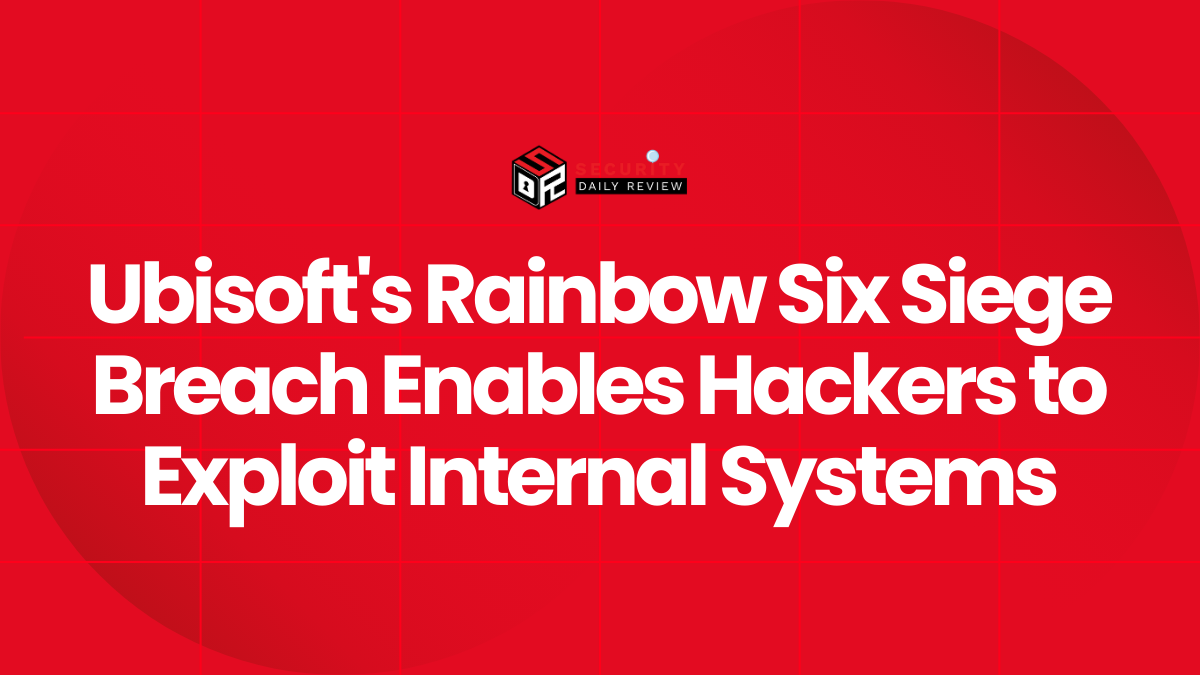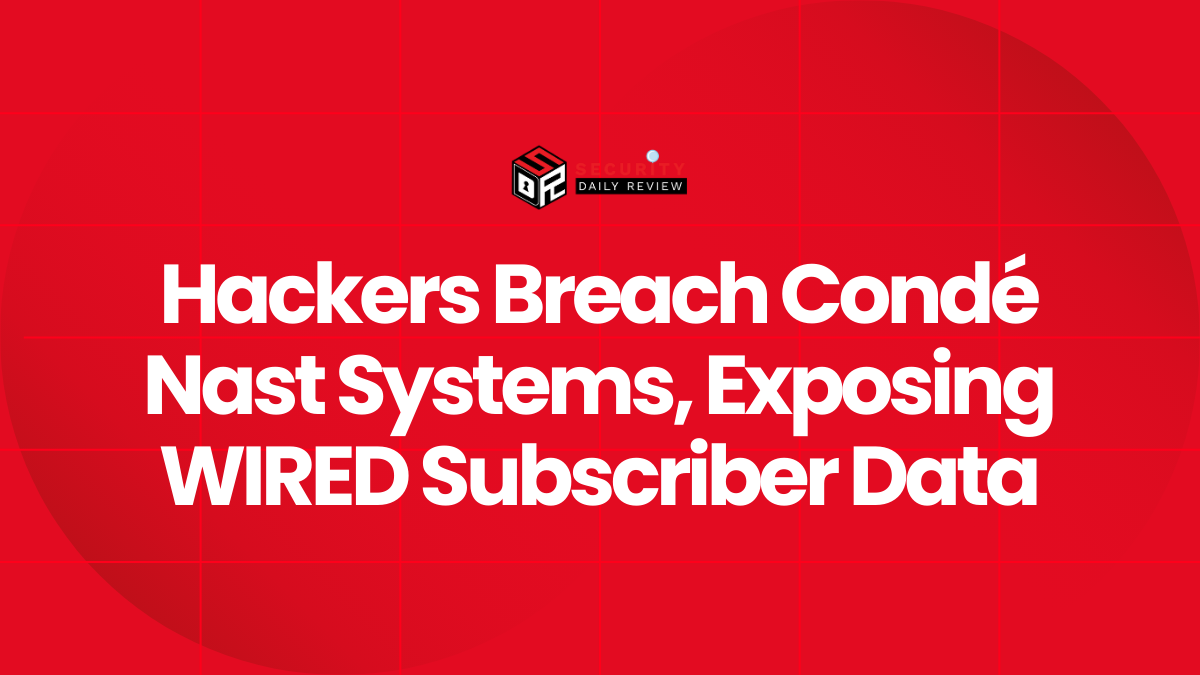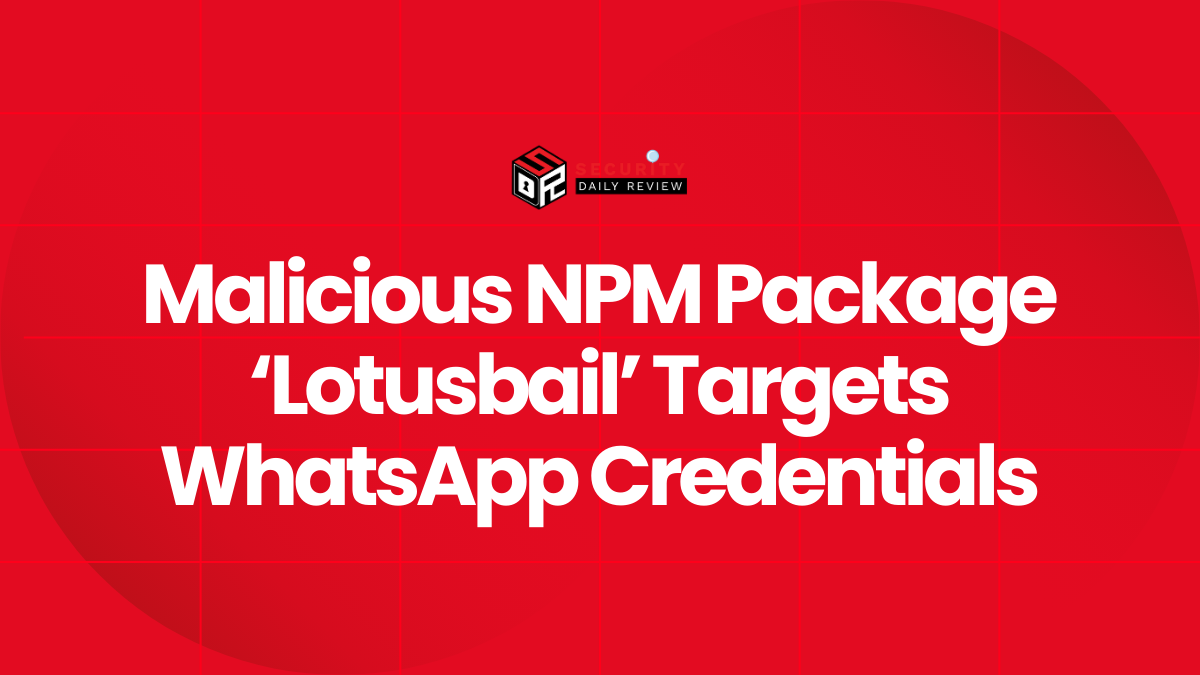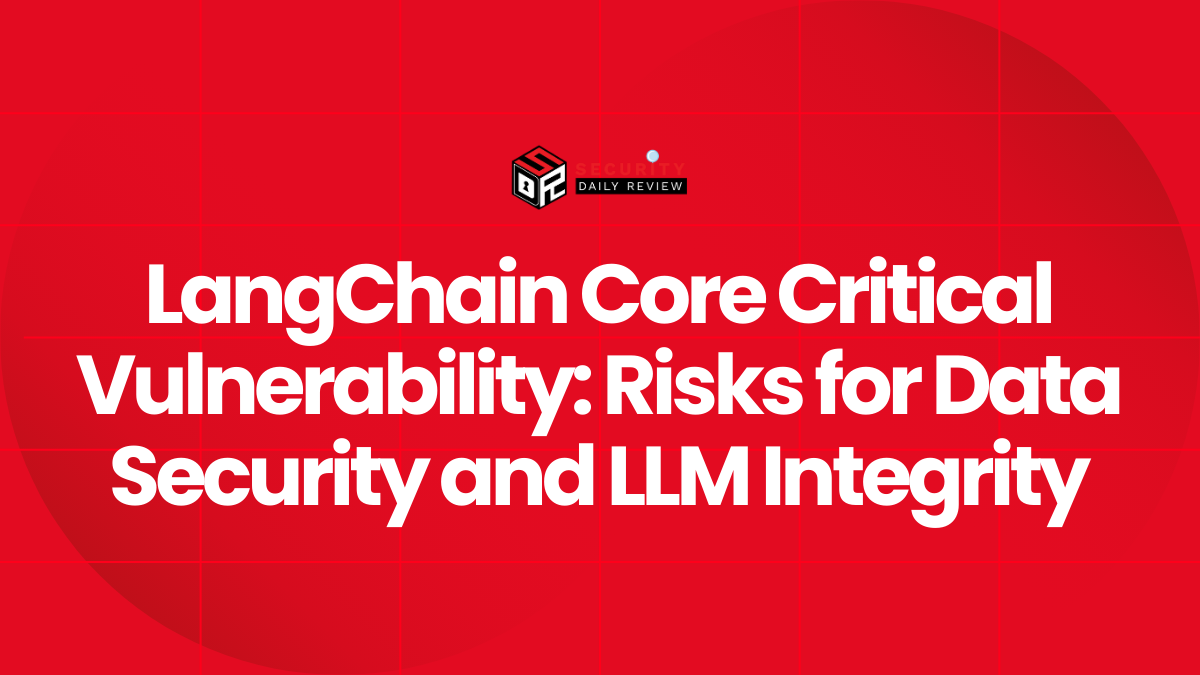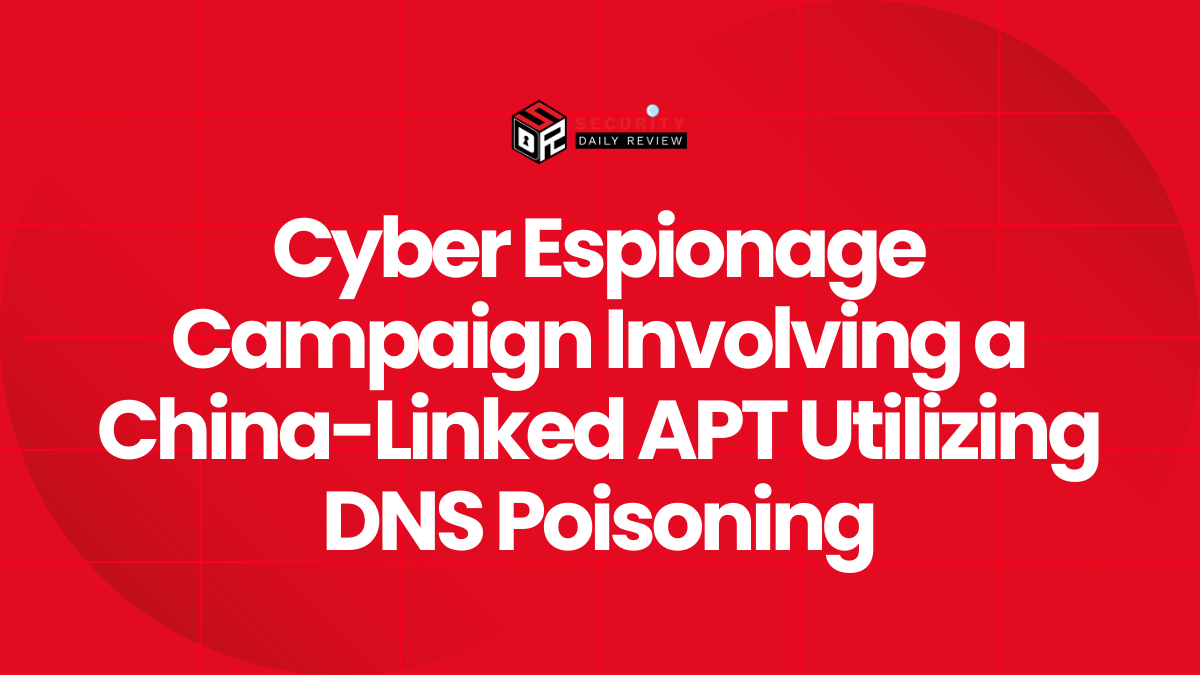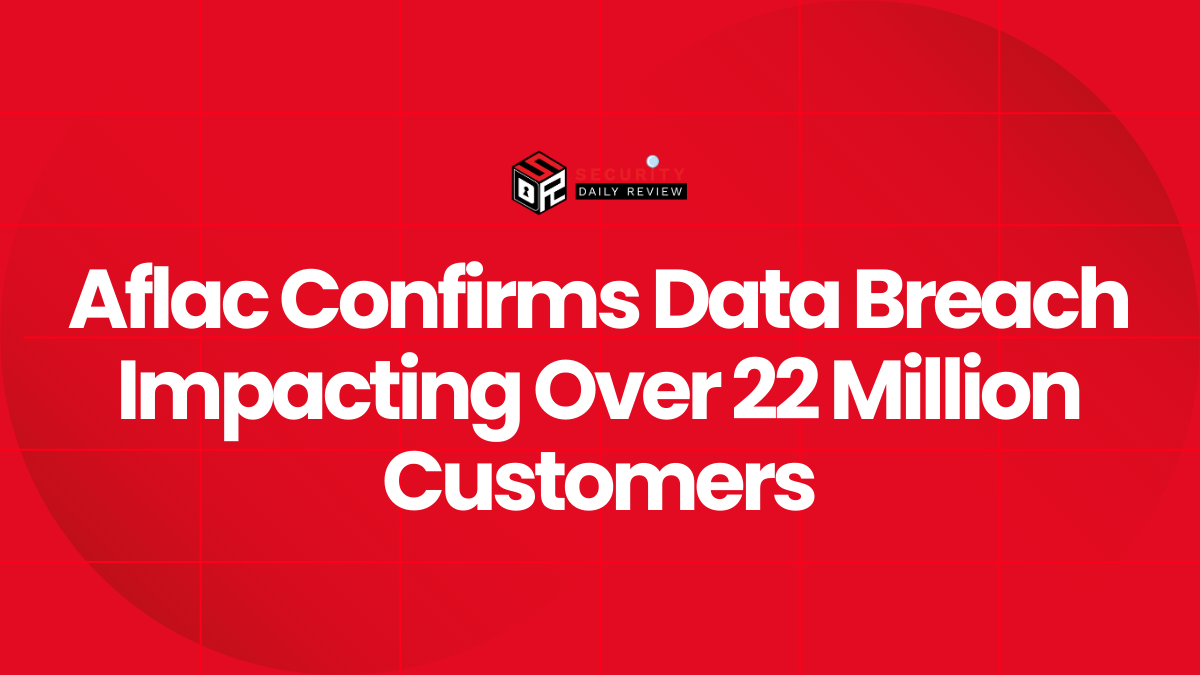Stormous Ransomware has quickly built a reputation as a serious threat. An Arabic-speaking group with a clear pro-Russian agenda, it has carried out politically charged attacks against targets in the United States and Ukraine. The group runs a Ransomware-as-a-Service (RaaS) operation and is known for using double extortion tactics—stealing sensitive data and threatening public leaks—raising growing concerns across the cybersecurity community.
Origins and Ideology of the Stormous Ransomware Gang
First identified in early 2022, Stormous Ransomware quickly distinguished itself from other threat actors by openly declaring support for the Russian government amidst the geopolitical tensions surrounding Ukraine . This political alignment has influenced their choice of targets, often focusing on organizations perceived as adversaries to Russian interests.
Unlike many ransomware groups that operate purely for financial gain, Stormous intertwines its cybercriminal activities with ideological motivations. This blend of hacktivism and cybercrime complicates attribution and response strategies, as their actions are not solely driven by profit but also by political agendas.
Tactics, Techniques, and Procedures (TTPs) of Stormous Ransomware
The Stormous ransomware gang demonstrates a hybridized attack strategy that combines politically motivated targeting with Ransomware-as-a-Service (RaaS) commercial distribution. The group consistently leverages publicly available tools, commodity malware loaders, and exploits vulnerable infrastructure—particularly across Western and Middle Eastern countries—to gain access, escalate privileges, and deploy ransomware payloads.
Stormous affiliates often follow a repeatable pattern that aligns closely with the MITRE ATT&CK Framework. Below is a breakdown of observed and reported Stormous TTPs, backed by intelligence from threat research groups and real-world incident forensics.
Initial Access
- Phishing Emails: Spear-phishing campaigns are a primary entry vector, often delivering malicious documents or links that download initial-stage malware.
- Exploited Public-Facing Applications: Unpatched web services, VPNs, and RDP endpoints are actively scanned for vulnerabilities.
- Leaked or Purchased Credentials: Initial access is sometimes gained through reused passwords, often harvested from previous breaches or dark web marketplaces.
Execution
- Scripted Payload Delivery: Batch scripts, PowerShell, or VBS files execute the ransomware upon successful infiltration.
- Malware Loaders: Commodity loaders like SmokeLoader or RedLine Stealer are commonly used to deploy the main ransomware executable.
Persistence
- Scheduled Tasks: Stormous may create persistent tasks to ensure payload re-execution upon reboot.
- Registry Modifications: Persistence via Run keys is used to embed execution commands at startup.
Privilege Escalation
- Token Impersonation: Stolen administrative credentials are used to gain system-level access.
- Exploitation of Vulnerable Drivers: Some attacks abuse driver flaws to escape sandboxing and gain kernel-level privileges.
Defense Evasion
- Obfuscated Payloads: Base64 encoding and packed binaries help evade antivirus detection.
- Signed Binaries Abuse: Living-off-the-land binaries (LOLBins) like
regsvr32.exeare used for stealthy execution. - Disabling Security Tools: Scripts disable Windows Defender and EDR agents before encryption begins.
Credential Access
- Mimikatz: Deployed to extract cached credentials from memory.
- NTDS.dit Extraction: Active Directory databases are targeted to exfiltrate enterprise credentials.
Discovery
- Network Scanning Tools: Tools like
netstat,ipconfig, andnltestare used to enumerate hosts and domains. - Domain Controller Enumeration: Critical systems are identified to prioritize for encryption or data exfiltration.
Lateral Movement
- Remote Desktop Protocol (RDP): Compromised accounts are used for RDP-based movement.
- SMB and PsExec: Stormous actors use SMB shares and PsExec to push the ransomware across systems.
Collection
- File Share Harvesting: Data from network shares, cloud sync folders, and mapped drives are collected.
- Document Targeting: The group specifically seeks out financial, HR, and operational documents.
Exfiltration
- WinRAR or 7-Zip Compression: Data is compressed and staged for exfiltration.
- Cloud Uploads and FTP: Collected data is sent to attacker-controlled servers or cloud drives.
Command and Control (C2)
- PHP-based C2 Panels: Stormous uses customized PHP remote access panels for command control.
- Telegram Channels: Some affiliates use Telegram bots to receive alerts when infections occur.
Impact
- Double Extortion: Encrypted files + data leaks. Victims are threatened with public exposure on Stormous’s leak site.
- Data Destruction: In some cases, payloads are configured to delete backups and shadow copies permanently.
MITRE ATT&CK Mapping of Stormous Ransomware
Here’s a structured mapping of Stormous ransomware activities to the MITRE ATT&CK Framework, which provides a detailed view of their tactics and techniques across the attack lifecycle.
| Tactic | Technique | Technique ID | Observed Behavior |
|---|---|---|---|
| Initial Access | Spearphishing Attachment | T1566.001 | Malicious emails with infected docs |
| Exploit Public-Facing Application | T1190 | Exploiting VPNs and RDP flaws | |
| Valid Accounts | T1078 | Purchased or leaked credentials | |
| Execution | Command and Scripting Interpreter | T1059 | PowerShell and batch file use |
| User Execution | T1204 | User-triggered file execution | |
| Persistence | Scheduled Task/Job | T1053 | Ransomware persistence |
| Registry Run Keys | T1547.001 | Auto-run registry keys | |
| Privilege Escalation | Token Impersonation | T1134.001 | Admin token theft |
| Exploitation for Privilege Escalation | T1068 | Kernel-level exploits | |
| Defense Evasion | Obfuscated Files or Information | T1027 | Encoded payloads |
| Signed Binary Proxy Execution | T1218 | Use of LOLBins | |
| Impair Defenses | T1562 | Disable AV/EDR agents | |
| Credential Access | OS Credential Dumping | T1003 | Mimikatz and LSASS dump |
| NTDS.dit Extraction | T1003.003 | Active Directory credential theft | |
| Discovery | System Network Configuration Discovery | T1016 | Internal mapping |
| Remote System Discovery | T1018 | Network scanning | |
| Lateral Movement | Remote Services (RDP/SMB) | T1021 | RDP + PsExec for lateral spread |
| Collection | Data from Network Shared Drive | T1039 | File harvesting |
| File and Directory Discovery | T1083 | Sensitive document targeting | |
| Exfiltration | Exfiltration Over Web Service | T1567.002 | Cloud uploads |
| Archive Collected Data | T1560 | WinRAR for compression | |
| Command and Control | Web Service C2 | T1102 | PHP C2 panels and Telegram |
| Impact | Data Encrypted for Impact | T1486 | File encryption |
| Data Leak | T1537 | Public shaming via leak site |
Notable Incidents and Collaborations
Coca-Cola Data Breach
One of Stormous’s high-profile claims includes the theft of 161 GB of data from Coca-Cola’s servers. While the veracity of this claim remains under scrutiny, it underscores the group’s boldness in targeting multinational corporations.
Epic Games Alleged Breach
Stormous also claimed responsibility for obtaining 200 GB of data from Epic Games. However, investigations suggest that some of their claims may be exaggerated or false, possibly aimed at garnering attention and enhancing their reputation in the cybercriminal community.
Collaboration with GhostSec
In a significant development, Stormous joined forces with GhostSec, another cybercriminal group, to launch the STMX_GhostLocker campaign. This collaboration introduced the GhostLocker 2.0 ransomware, a sophisticated tool employed in double extortion ransomware attacks across various sectors, particularly in the Middle East.
Attacks on Government Entities
Stormous has targeted multiple government organizations, including those in France, where they published email and password data allegedly tied to French government bodies on the dark web. Such actions raise concerns over outdated security practices and ongoing exposure risks.
Ransomware Strains and Infrastructure
Stormous has developed and deployed several ransomware variants over time. The most recent and advanced is GhostLocker 2.0, created in collaboration with GhostSec. This strain features a customizable ransomware builder, available for affiliates via a RaaS portal hosted on both the clear and dark web. The builder enables threat actors to generate tailored payloads and set ransom parameters, significantly reducing the technical barrier for launching sophisticated ransomware campaigns.
Stormous’s use of PHP-based panels for managing victims, combined with embedded cryptocurrency payment systems, makes the infrastructure highly efficient. This technical proficiency allows Stormous affiliates to launch attacks swiftly and monitor ransom compliance across multiple victims simultaneously.
Political Motives and Hacktivism
Unlike typical financially-driven ransomware groups, Stormous often engages in politically charged messaging. They publicly support Russia’s geopolitical objectives and explicitly name Western nations—especially the United States and Ukraine—as high-priority targets. This ideological alignment brings them closer to the hybrid cybercrime-hacktivist model, complicating attribution and increasing the likelihood of state-backed cyber warfare implications.
Stormous frequently posts propaganda-laced updates via their Telegram channel, reinforcing their political agenda. These updates often include exaggerated breach claims, countdowns to “data leaks,” and references to “Western oppression,” feeding into their ideological narrative and inciting further aggression.
Geographic Targeting and Victim Profile
Stormous targets both public and private sector organizations, but certain patterns have emerged regarding victim location and industry.
Targeted Regions
- United States: Frequently targeted due to political hostility. Victims span federal and state-level agencies, healthcare institutions, and critical infrastructure.
- Ukraine: Due to the ongoing Russia-Ukraine conflict, Stormous has launched numerous ransomware and data-leak campaigns.
- France and Western Europe: Several cyberespionage campaigns have included leaking stolen government login credentials.
- Middle East and Africa (MEA): Newer campaigns, particularly in collaboration with GhostSec, focus on infrastructure, telecom, and oil & gas.
Targeted Sectors
- Government & Defense
- Telecommunications
- Healthcare
- Energy and Critical Infrastructure
- Retail & Manufacturing
Their victim selection reflects a hybrid of ideological motivation and economic impact maximization. Often, the targets are those likely to pay or suffer reputational damage if data is leaked.
Affiliate-Based Monetization and Ransom Demands
Stormous generates revenue primarily through ransom payments—typically in cryptocurrency, such as Bitcoin or Monero—to maintain anonymity. Their double extortion ransomware model forces victims to pay to both regain access to their systems and prevent the release of sensitive data.
The group runs an affiliate program with generous profit-sharing terms, often favoring experienced cybercriminals with existing access to high-value targets. Affiliates can choose payload features, ransom amounts, and customize victim messages. In return, Stormous provides 24/7 technical support, a ransomware dashboard, and access to their ransomware builder.
In some cases, Stormous auctions stolen data on underground forums, increasing their monetization opportunities. They claim to offer “premium” data sets—such as financial records, passport scans, and proprietary code—at discounted rates for threat actor communities.
Comparison with Other Ransomware Groups
Stormous stands out due to its ideological leanings, but it shares operational tactics with other notorious groups:
| Group | Ideological Stance | RaaS Model | Double Extortion | Notable Victims |
|---|---|---|---|---|
| Stormous | Pro-Russian | Yes | Yes | Coca-Cola, Gov’t orgs |
| LockBit | Neutral/Profit-driven | Yes | Yes | Healthcare, Enterprises |
| Conti | Pro-Russian (alleged) | Yes | Yes | Costa Rican Govt |
| REvil | Financial only | Yes | Yes | JBS, Kaseya |
Stormous’s positioning as both a political tool and profit-driven cybercriminal entity places it in a unique category, blurring the lines between cyber warfare and organized crime.
Impact of Stormous Ransomware on Organizations and National Security
Stormous poses a dual threat: economic damage through ransomware and strategic disruption via politically motivated cyberattacks. Their capability to infiltrate critical sectors and exfiltrate sensitive data has far-reaching consequences:
- Operational Downtime: Victims face days or weeks of disruption.
- Reputation Damage: Publicly leaked data erodes stakeholder trust.
- Financial Losses: Costs include ransom, forensic investigations, legal settlements, and compliance fines.
- Geopolitical Tensions: State-affiliated claims provoke international discord, particularly involving Russia, Ukraine, and NATO-aligned nations.
The group’s growing sophistication and alliances with other threat actors—like GhostSec—underscore the necessity for international cooperation in countering such ransomware operations.
Preventative Cybersecurity Measures Against Stormous Ransomware
Protecting against Stormous ransomware and its evolving Ransomware-as-a-Service (RaaS) model requires a multilayered approach that goes beyond basic antivirus protection. Given Stormous’s use of phishing, credential theft, and lateral movement techniques, organizations must implement proactive and adaptive defense mechanisms.
Recommended Preventive Measures
- Patch Management: Apply security patches as soon as they’re available. Stormous exploits unpatched systems to gain initial access.
- Email Security Gateways: Filter phishing emails, malicious attachments, and suspicious links. This blocks one of the primary infection vectors used by Stormous affiliates.
- Multi-Factor Authentication (MFA): Strong MFA protocols limit access, even if credentials are stolen during reconnaissance or phishing campaigns.
- Network Segmentation: Isolate critical systems from public-facing or vulnerable segments to reduce lateral movement opportunities.
- Endpoint Detection and Response (EDR): Deploy advanced EDR tools capable of identifying malicious behaviors and ransomware indicators in real-time.
Specific Stormous Indicators of Compromise (IOCs)
While Stormous frequently changes its ransomware variants, some recurring indicators include:
- Files encrypted with “.stormous” or “.ghostlocker” extensions
- Communication with IPs known for dark web C2 infrastructure
- Use of PHP-based remote access panels
- Lateral movement using stolen Active Directory credentials
Threat intelligence platforms and Security Information and Event Management (SIEM) tools should regularly update IOC lists to detect such patterns early.
Protecting Against RaaS-Based Threats Like Stormous
The rise of Stormous ransomware and other RaaS platforms highlights a fundamental shift in cybercrime economics. Enterprises must adopt a zero-trust mindset and reinforce both internal and external cybersecurity postures.
Internal Risk Management
- Regular Security Audits: Test systems for vulnerabilities, especially in critical infrastructure.
- Least Privilege Access: Limit user permissions to reduce the impact of compromised accounts.
- Insider Threat Detection: Monitor for unusual login times, data exfiltration attempts, and credential sharing.
External Threat Intelligence Integration
- Subscribe to Threat Feeds: Use platforms like SOCRadar or Trustwave SpiderLabs to get real-time updates on threat actor activity.
- Red Teaming: Conduct simulated ransomware attacks to test resilience and response capabilities.
- Ransomware Readiness Playbook: Document your response procedures, including legal, communication, and technical workflows.
For organizations in politically sensitive regions—especially in the United States, Ukraine, France, and the Middle East—Stormous poses both a financial and geopolitical risk. Incorporating geopolitical risk analysis into cybersecurity frameworks is now a necessity.
How Enterprises Can Respond to a Stormous Ransomware Attack
If an organization is hit by Stormous ransomware, quick and coordinated action is essential to limit damage.
Incident Response Checklist
- Isolate Infected Systems: Immediately disconnect compromised machines from the network.
- Engage Incident Response Teams: Include internal cybersecurity staff, forensic analysts, and legal advisors.
- Preserve Evidence: Capture logs, ransom notes, and file samples before remediation.
- Do Not Pay Ransom Immediately: Engage law enforcement and legal counsel. Payment may violate national cybersecurity laws.
- Communicate Internally and Externally: Be transparent with stakeholders, customers, and authorities.
Stormous may exaggerate data leaks or fabricate claims of access. Always verify the extent of the breach using forensic analysis before taking any public action.
The Growing Threat of Ideologically-Driven Ransomware
Stormous isn’t just another ransomware gang. With pro-Russian affiliations, strong propaganda tactics, and partnerships with other hacktivist groups like GhostSec, their attacks are as much about disruption and ideology as they are about profit. This dual-purpose agenda makes Stormous a complex cyber threat actor to neutralize.
Their targeting of government, healthcare, energy, and telecom sectors—particularly in high-stakes regions like Ukraine and the U.S.—aligns with broader cyber warfare strategies seen in state-sponsored operations. As such, cybersecurity readiness is no longer optional—it is a strategic imperative.
Frequently Asked Questions (FAQs) About Stormous Ransomware
What is Stormous Ransomware?
Stormous ransomware is a politically motivated cyber threat group that conducts double extortion attacks using a Ransomware-as-a-Service (RaaS) model. They target global organizations and release data if ransoms aren’t paid.
Who does Stormous ransomware target?
Stormous primarily targets organizations in the United States, Ukraine, France, and the Middle East, with a focus on government, healthcare, energy, and telecom sectors.
Is Stormous affiliated with any country?
Yes. Stormous openly expresses support for Russia and often aligns its campaigns with pro-Russian cyber objectives, especially during geopolitical conflicts.
How does Stormous deliver its ransomware?
Stormous uses phishing, exposed RDP services, and malware loaders. They also provide a ransomware builder to affiliates through a RaaS model.
What is GhostLocker 2.0?
GhostLocker 2.0 is Stormous’s latest ransomware strain, developed in partnership with GhostSec. It includes an advanced builder for generating customizable ransomware payloads.

